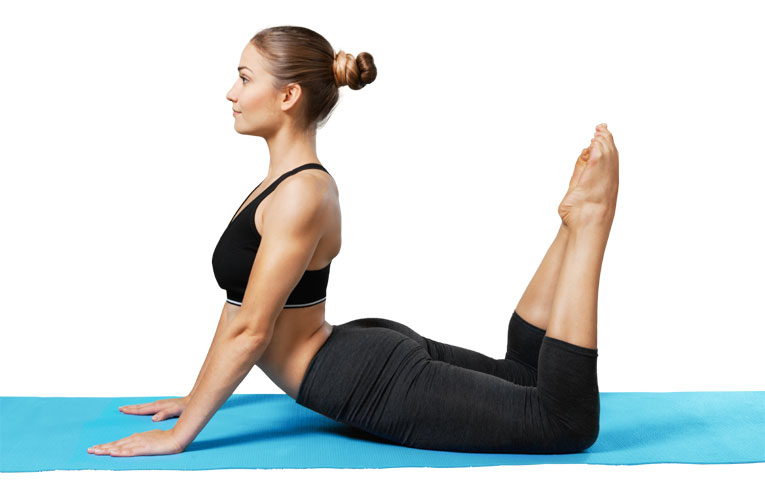
Here will discuss on the influences of yoga on women is divided into the following three sub-sections, namely
- Prenatal Exercises
- Postnatal Exercises
- Tackling disorders
The most important relationship between women and yoga is that the latter prepares them for a healthy lifestyle while simultaneously conditioning their mind.
Can all women practice Yoga?
Yes, any woman keeping normal and good health can practise yoga. Of course, they will have to take into consideration their age, physique and regular activities at home and outside.
How is Yoga beneficial for women?
Yoga can be especially beneficial for women. Superfluous flab can be cut down and the body developed symmetrically. Yoga improves figure, imparts energy, and relieves stress besides checking ovarian diseases and many other disorders connected with childbirth and menstruation.
What are the means for participation during this stage?
- Obviously, any woman will feel elated to bring about greater participation during the entire pregnancy process from conception up to delivery. This can be made possible through an understanding of the labour and delivery stages. This knowledge helps in making childbirth easier. It will also help them to condition their mind and body to relieve pain.
- Habitual practise of the yogic asanas will complement the knowledge by preparing the body for the crucial motherhood stage.
- Above all, expectant mothers should always remain calm and relaxed.
- Read books on topics that are light or are on baby care during such stages.
- Practise relaxation in the Savasana posture. This will relive tension during labour and the entire pregnancy stage.
- Never take drugs during pregnancy.
- They should also go for strolling in the open air and avoid unhygienic and cramped spaces.
- The family members should ensure that the environment remains homely and free of tension.
- The expectant mother should be given nourishing food.
- Love and care go a long way in making the labour stage easy and participatory for the expectant mother.
How does abdominal breathing help labour?
Pranayama (Yogic breathing exercises) including the abdominal breathing asanas prepare the mind and body for motherhood. There will also be a complete relaxation of the entire nervous system and also the abdominal muscles. What is more, abdominal breathing should be practised after childbirth. It firms up the abdominal muscles.
Learning the technique of abdominal breathing
- First, lie down flat on the floor;
- Then, pull up your legs;
- Next, rest the soles flat on the ground;
- After that, practise abdominal breathing.
- Finally, ensure that you do 20 rounds a time.
Are interventions required during pregnancy?
Absolutely NO! Medical practitioners should never go for interventions during pregnancy. Such interventions include immediate segregation of the umbilical cord, prescription of pain-killing drugs, using of episiotomy, forceps, and other forms of intrusive examinations.
However, there are certain exigencies when such interventions become absolutely necessary to save the lives of the baby and the mother. Nonetheless, such instances occur rarely.
Words of caution
If you are going nature’s way (pregnant) and have never practised yoga before, then don’t start practising the yogic asanas now. Else there may be miscarriage during the early days of pregnancy.
However, if you have been regularly practising the yogic asanas before, then you can opt to do selected asanas. But don’t opt for the bending ones especially up to the fourth month. This will ensure that the birth process is functioning smoothly and also that you would have an easier time during childbirth.
- Women should not attempt the difficult asanas like Poorna Matsyendrasana and Mayurasana.
- Women should not practise yogic asana during the menstruation period.
- Exercise during this period may increase bleeding while the inverted postures may disturb the menstrual flow.
- Savasana is the only asana women can and should practise during the menses.
- They should wait for the menses to stop its regular course which usually runs for at the most four days.
- Women can resume the yogic asanas once the menses stop.
- The asanas prepare the omen’s body and different reproductive parts for childbirth especially after marriage.
- Women should select those asanas that loosen the pelvic floor muscles, stretch the hips, make the spine flexible and strengthen the abdominal and back muscles.
